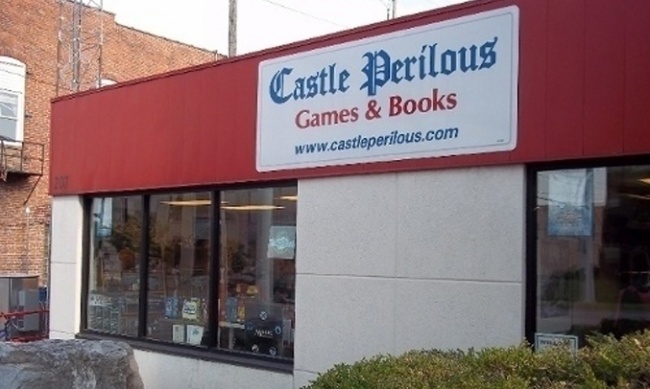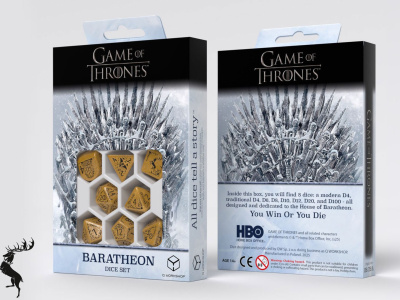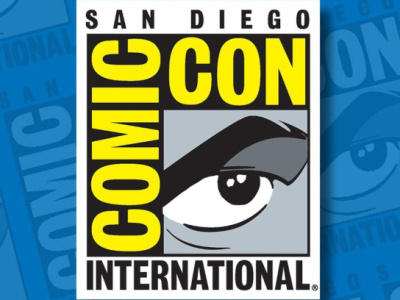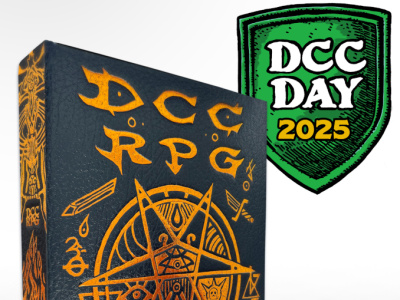"In a world full of game players, the only way to set yourself apart is to be a game changer." ― Matshona Dhliwayo.
Although we have thousands of games available and dozens more releasing every month, I would argue that there have been six game changers in the games industry, four of which still dominate their category. Next week, I will look at the two "game changers" that no longer dominate their category as well as offer some reasoning as to why, but for now, here are the four champions:
Dungeons and Dragons. The original tabletop role-playing game designed by Gary Gygax and Dave Arneson back in 1974. Although other, and better, RPGs have released over the years (Chaosium’s RuneQuest comes to mind as an early competitor that, to me, had far superior mechanics and I know you can think of others), D&D remains the number one RPG in the market while hundreds of competitors have come and gone (Anyone remember KABAL or DragonQuest?) Although Paizo’s Pathfinder RPG did supplant D&D for a few years during the era of D&D 4E (which I still think is a far better set of rules than most people say), the release of the D&D 5E rules quickly reasserted Dungeons and Dragons as the most popular tabletop RPG.
Warhammer 40,000. Although miniatures rules date back to H. G. Wells and the Victorian era, the genre focused on the recreation of historic battles until the release by Games Workshop of Warhammer Fantasy Battle in 1983 and its even more popular cousin, Warhammer 40,000. The science fiction version is now the most popular miniatures game in the world, both in amount of play and numbers sold. Prior to the release of Warhammer 40,000, most game stores featured a selection of historical miniatures. Fantasy and science fiction themed miniatures games, led by the Games Workshop lines, have moved the historical miniatures to racks in only a comparatively few stores and online.
Catan. Although what were referred to at the time as "Eurogames" were popular in Europe long before the release of Settlers of Catan in the US in 1995, Catan’s arrival here marked the advent of a new style of boardgame in the American market, one more reliant on strategic thinking and planning than on dice and chance. The success of Settlers of Catan ushered in a greater focus on European designed games to the point where most of the board games released to the American market over the past three decades have reduced elements of chance, replacing them with more player interaction and strategy. However, in almost any full line game store, you will find at least a copy of the base Catan on the shelf.
Magic: The Gathering. Released in 1993, much like Dungeons and Dragons, it launched the trading or collectable card game category, and gave birth to some 200+ different TCGs over the next 25 years and led to the creation of an entirely new subcategory of game store, the “card shop”. In most game stores, TCG sales are, if not the largest category of sales, number two or three. Although Pokemon and Yu-Gi-Oh! have both challenged Magic’s dominance and may eclipse the game’s sales in the mass market, but in the hobby game market, Magic still reigns.
Do you agree or disagree with my choices and reasoning? Email me at castleperilousgames@gmail.com. Next week, two “game changers” that failed to hold their position and what we can learn from them.
The opinions expressed in this column are solely those of the writer, and do not necessarily reflect the views of the editorial staff of ICv2.com.









